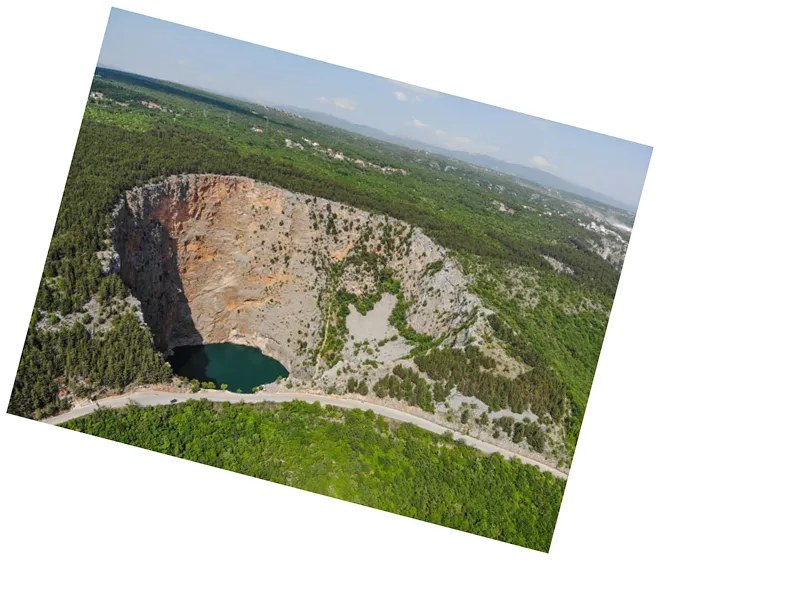Discovering China's Unique Natural Sinkholes
In the heart of China, a remarkable natural phenomenon known as "Tianqing" or "heavenly holes" has captured the attention of scientists and nature enthusiasts alike. These deep sinkholes, often referred to as natural sinkholes or sunken holes, are not just geological formations; they are thriving ecosystems filled with lush vegetation and unique plant species. With depths reaching up to 100 meters, these holes create a distinct environment where sunlight struggles to penetrate, leading to extraordinary growth patterns in the flora that reside within.
The Secret to Thriving Flora in Darkness
A recent study published in the Chinese Journal of Plant Ecology sheds light on the surprising growth of plants within these sinkholes. Researchers discovered that certain trees at the bottom of these pits are richer in nutrients and grow faster than their surface counterparts. The study examined 64 different plant species, revealing that the humid environment inside the pits allows plants to thrive without the same reliance on carbon, which is essential for photosynthesis. Instead, these plants benefit from the ample nitrogen, phosphorus, calcium, and magnesium found in the nutrient-rich soil, promoting robust growth in an otherwise shaded habitat.
Implications for Ecological Research and Conservation
The findings from this study underscore the ecological significance of these natural sinkholes. The pristine conditions, free from human interference and pollutants, create a unique opportunity for researchers to understand plant adaptation and nutrient cycling in extreme environments. The insights gained from studying these ecosystems could have broader implications for conservation efforts and agricultural practices, particularly in understanding how plants can thrive in less-than-ideal conditions. As scientists continue to explore these fascinating habitats, the potential for discovering new plant species and ecological interactions remains vast.
- The study's methodology involved collecting samples from both inside and outside the sinkholes, allowing researchers to compare nutrient levels and growth rates effectively. The results indicated that while carbon levels were lower in the plants growing within the pits, they exhibited higher concentrations of other essential nutrients, leading to faster growth rates. This finding challenges conventional wisdom about plant growth and highlights the adaptability of flora in varying environmental conditions. Moreover, the research emphasizes the importance of preserving these natural sinkholes, not only for their unique biodiversity but also for their potential contributions to our understanding of ecological resilience. As urbanization continues to encroach upon natural habitats, safeguarding these areas may be crucial for future scientific inquiry and the conservation of rare plant species.






